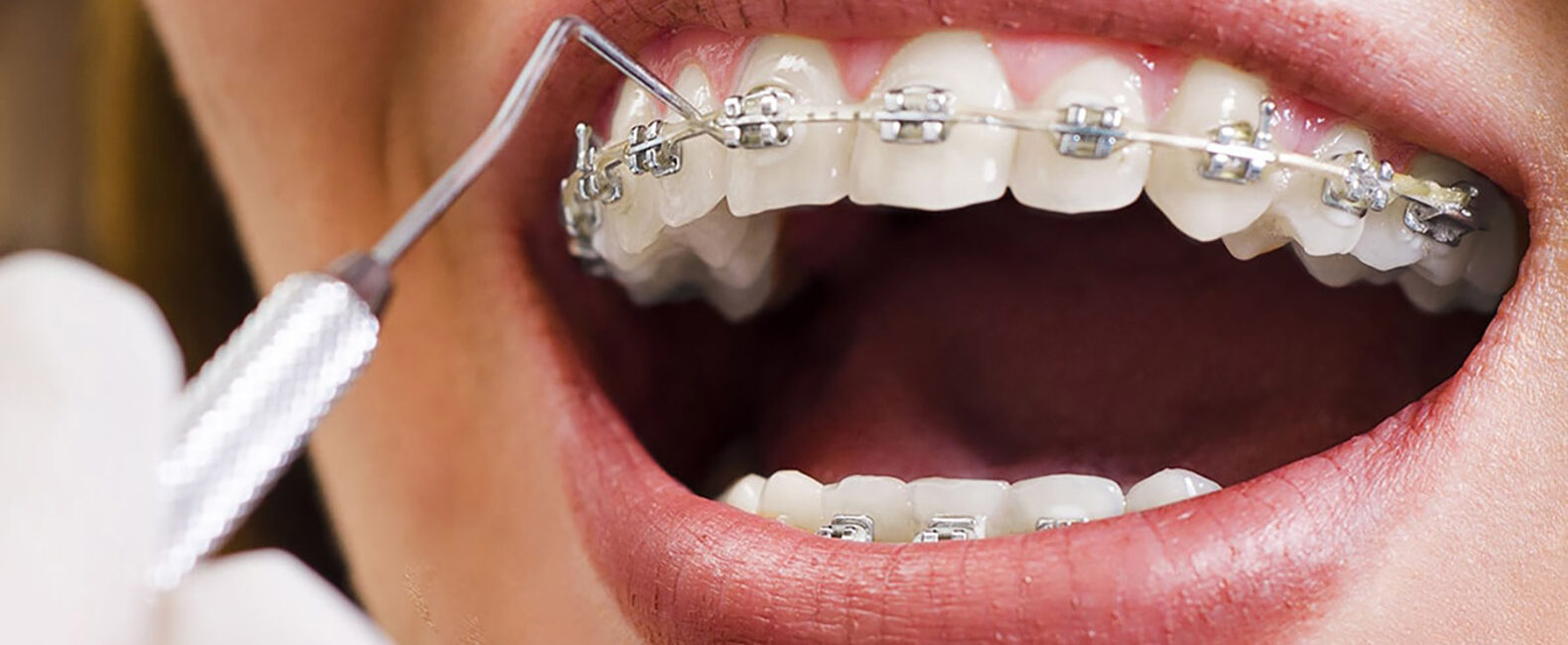
We know that this is one of the aspects that influences the decision to start orthodontic treatments depending on both internal and external to the patient. In this article we will explain the different aspects that can determine how long orthodontic treatment takes, as well as define the average time of dental procedures depending on whether it involves clear aligners or braces.
The Complexity of Orthodontic Dental Procedures
This is the most important aspect in determining how long braces and other orthodontics will last. Orthodontics, whether with braces or aligners, can correct malocclusion problems, such as an open bite, crossbite or overbite, and dental malposition issues, such as crooked teeth, crowding or gapped teeth.
Normally, cases that involve correcting bite problems require more treatment time than those that only seek to correct dental malposition, as they involve a more complex treatment up to 24 months. Normally dental practices where the minimum orthodontic treatment time is usually 4-6 months.
Types of Orthodontic Treatments
Opting for one type of orthodontic treatments over another also determines how long it takes to straighten teeth. Nowadays, braces and clear aligners are the most common options that orthodontists offer patients. Both treatments are equally as effective when it comes to correcting malocclusion and malposition problems.
However, when it comes to how long orthodontics takes with braces and clear aligners, the treatments with the latter are shorter, as the movements can be designed in advance and are therefore quicker and more predictable. For complex movements that require greater strength, the teeth respond quicker to braces. That’s why, in some instances, a first phase with braces is combined with a second phase with aligners.
Children, Teens & Adults: Same Things, Different Names?
The estimate for how long braces and other orthodontic treatments take to straighten teeth also depends on the age and stage of development especially between 6 and 12 years old, correcting the bone structure and teeth is easier than in adulthood. This is because the child is in the growth phase and the bones are more malleable so can be corrected with interceptive orthodontics. There is widespread doubt as to whether orthodontics can be used with a child’s teeth early on, and although the short answer is “yes”, several points must be taken into consideration.
It is always necessary to assess which dentist or orthodontist is most appropriate for the child’s stage of development and the imperfection to be corrected. Depending on the reason for orthodontics, the paediatric dentist will apply one or the other. Additionally, orthodontics and cosmetic dentistry are sometimes the same thing so it’s worth seeking advice from your nearest dental practice not just on the pros and cons, but the subtle differentiations or similarities.
The Average Times of Adult Orthodontic Treatments
How long adults typically wear braces and other orthodontics varies. However, on average, adult patients require more time for orthodontic treatment, as their bone structure and teeth are fully developed, and are thus more complicated to modify.
There are some cases of malocclusion in adults that cannot be corrected with orthodontics at all, as it is no longer possible to mould the bone structure, and the patient must therefore undergo surgery to correct it. When it comes to fixing dental mal-position problems, how long adults typically wear braces or other orthodontics is more than in children, but in adults’ cases the problems can be completely corrected with slightly longer orthodontic programs.
Expectations Around Orthodontics
Some patients will notice changes in their smile in as little as one month of treatment, while in others it will take longer. There are cases in which the first dental movements that have to be made are in non-visible areas, such as displacing the molars to gain space. This is where dentists interested in their practice growth can market themselves via website content about all the aspects of the process.
Results will therefore not be visible immediately, but this does not mean that the treatment is not effective. On average, the estimated minimum orthodontic treatment time is approximately 3 to 6 months for mild cases, while the maximum can be up to 36 months or more for very complex cases.
How Many Appointments Might a Program Take?
While patients may find themselves feeling a little nervous in the lead up to getting their braces and other orthodontics varies, it will all be over in a single appointment that takes roughly an hour.
Adjustment appointments will also be required every five to six weeks. Here, your orthodontist will change or adjust the wires to keep the movement of your child’s teeth in the right direction. Of course, at any stage contact your orthodontist and discuss any questions or concerns you may have over the phone.
Minor Risks: Some Pain Equals Gain
While the different aspects that can determine orthodontic treatment itself isn’t particularly risky, any intervention to your body does carry some minor risks. Orthodontic treatments can include toothache and mild discomfort, scratches and ulcers, gum infections, enamel demineralisation, and root shortening. To best ensure the health and safety of your teeth it is vital that you always see a registered specialist orthodontist and refrain from attempting any DIY treatment methods as these can damage your teeth and may result in tooth loss.
Whether you’re considering traditional braces or an alternative to braces, only an orthodontist has the training, experience and expert knowledge to be able to offer dental procedures the full suite of treatment options and give you and your child the confidence that you’re in the best hands.



